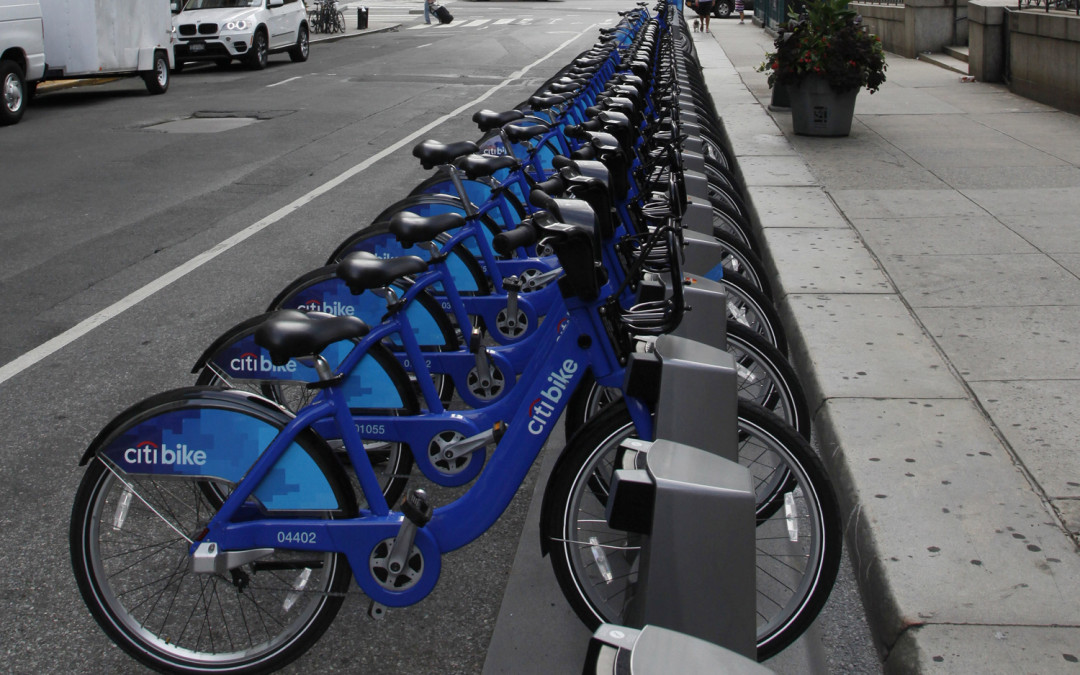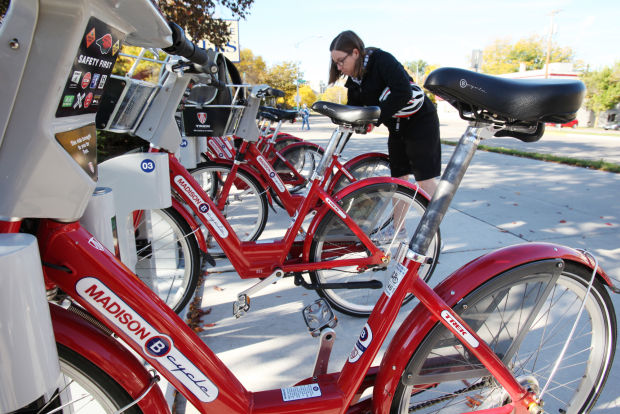
by Innovative Mobility Research | Jul 20, 2015 |
There is a growing recognition in the urban transportation field that systems must be more inclusive of low-income communities of color. Our research at UC Berkeley suggests five steps for building accessible systems. At UC Berkeley, we’ve learned from a range of city leaders and planners who are working at the cutting edge of accessible transportation development. In our last blog, we explained why there is no silver bullet for creating more inclusive transportation systems. Instead, cities need to support an assortment of policies and mobility options to meet a diverse range of trip types and be inclusive of the unique needs of low-income communities. Synthesizing lessons from organizations, like the San Francisco County Transportation Authority, Greenlining Institute and City CarShare, we developed a list of five steps that city leaders should consider when designing accessible and inclusive transportation systems in their cities: To read more, click...

by Innovative Mobility Research | Jul 20, 2015 |
Approximately four billion people currently live in urban environments around the world—a figure that is only expected to increase in the coming decades. While cities develop new transportation systems to support their current population and anticipated growth, many gaps exist in the transportation ecosystem. In the past few years, the sharing economy, or shared mobility, has grown to address these gaps, including the rise of bikesharing, carsharing and on-demand ride services. Today, these “shared mobility” services connect many people to their destinations, while others—namely, low-income communities of color—have often been left behind. And there is growing public recognition that we cannot be satisfied with the status-quo. As a result, many planners and transportation professionals are attempting to understand what it takes to create more accessible transportation systems in an era of diminishing public resources and expanding private transportation services. And like many complex urban issues, no one system or policy will be the silver bullet. Rather, cities need to provide a range of progressive policies and transportation choices, both public and private, to limit barriers and provide an array of opportunities for safe, efficient and inclusive transportation. In this blog, we share insights from a recent workshop that the Transportation Sustainability Research Center at the University of California, Berkeley hosted with the architecture and planning firm Perkins + Will. At the workshop, “Crossing the Digital and Income Divide: Making Mobility Innovations Accessible to All,” we featured an all-star panel of experts from the San Francisco Bay Area and explored the role of data, empathy, policy and funding to provide mobility services in low-income communities. To read more, click...

by Innovative Mobility Research | Jul 20, 2015 |
Now, however, the carsharing industry is at a turning point where evolving business models — round trip or one way? free-floating vehicles or cars docked at specific stations? — are poised to collide with parallel breakthroughs in ridesharing, electric vehicles and self-driving cars. Though big questions remain about demand patterns, who will drive these futuristic cars and what happens to the data collected by service providers, the opening to increase efficiency and ease congestion in a cost-effective way is increasingly compelling for a range of providers. “This allows flexibility for the operator to serve more people with a single car,” Susan Shaheen, director of Innovative Mobility Research at the University of California, Berkeley’s Transportation Sustainability Research Center, told GreenBiz. “When you look at bikesharing, the majority of systems are point-to-point, or one way,” Shaheen said. “About 80 percent of those trips are one way. It provides people with a higher degree of flexibility.” She pegs automakers — more specifically, higher end European automakers — as the leaders to date in one-way carsharing. Several providers favor “floating” models where cars can be parked anywhere, as opposed to more infrastructure-intensive station models like Zipcar’s. “I think that public transportation is a core service and that it needs to exist,” she said. “You’re not going to redistribute rail, but you could redistribute a bus line. You could change the size of a bus. You could make it on-demand.” To read more, click...

by Innovative Mobility Research | May 21, 2015 |
By Steve Elbow | The Capital Times May 19, 2015 Madison BCycle, Trek’s local bikeshare program, is racking up more and more rides per year. In 2014, the program logged 104,274 total rides, up from 63,325 in 2012. But who’s actually using those red bikes? Data compiled by the bikeshare program suggests that BCycle riders are generally white and hold a college degree — and they make a pretty good living. That’s probably not unexpected, given that UW campus BCycle stations are the busiest in the city. But it’s also consistent with data from other cities, reported by Vox, that show that bikeshare programs are disproportionately utilized by the well-heeled, despite the fact that more of the people who depend on bicycles are low-income. Of respondents, 86 percent described themselves as white, and about 87 percent had a college degree. Genderwise, they were split right down the middle. Thirty percent were between 25 and 34 years of age, and 25 percent were between 35 and 44, meaning that over half were between 25 and 44. Seventy-four percent were employed full-time, and 12 percent were full-time students. To read the full article, click...

by mattchristensen00 | May 5, 2015 |
To view and download the PDF summary, click here. By Susan Shaheen (UC Berkeley’s TSRC), Matt Christensen (UC Berkeley’s TSRC), and Gerry Tierney (Perkins + Will) Smart Cities Series This workshop, held on Wednesday, February 18, 2015, was a continuation of the Urban Mobility series held by AGRION, Perkins+Will, and UC Berkeley’s Transportation Sustainability Research Center (TSRC). The preceding workshops included: Evolving Urban Mobility: A New Regulatory Environment (March 27, 2014) Urban Mobility Workshop: Public-Private Collaboration and Data Sharing (June 19, 2014) Public/Private Urban Mobility Data Sharing: Evaluating Security and Privacy Solutions (November 13, 2014). In these previous workshops it was identified that all socio-demographic groups, including low-income and otherwise disadvantaged communities, must be accounted for in developing smarter, safer and more efficient cities. This workshop was designed to address how innovation and transportation development can be framed and adjusted to be more inclusive of all people in an urban environment. Workshop Introduction Gerry Tierney began Workshop #4 by defining the core of this workshop—namely, that we must not develop innovations and plan transportation networks for “winners and losers;” rather, we should plan for a new, inclusive mobility environment for all communities and socio-demographic groups. Professor Susan Shaheen then provided the context of the workshop in relation to the evolution of the previous events. She highlighted that the digital and income divide is becoming increasingly prevalent as the smartphone and other technologies permeate into our transportation networks, and we must remember that the public good must come first so that social and environmental goals remain the framework for present and future urban mobility systems. Panelist Presentations Tilly Chang, Exec....






